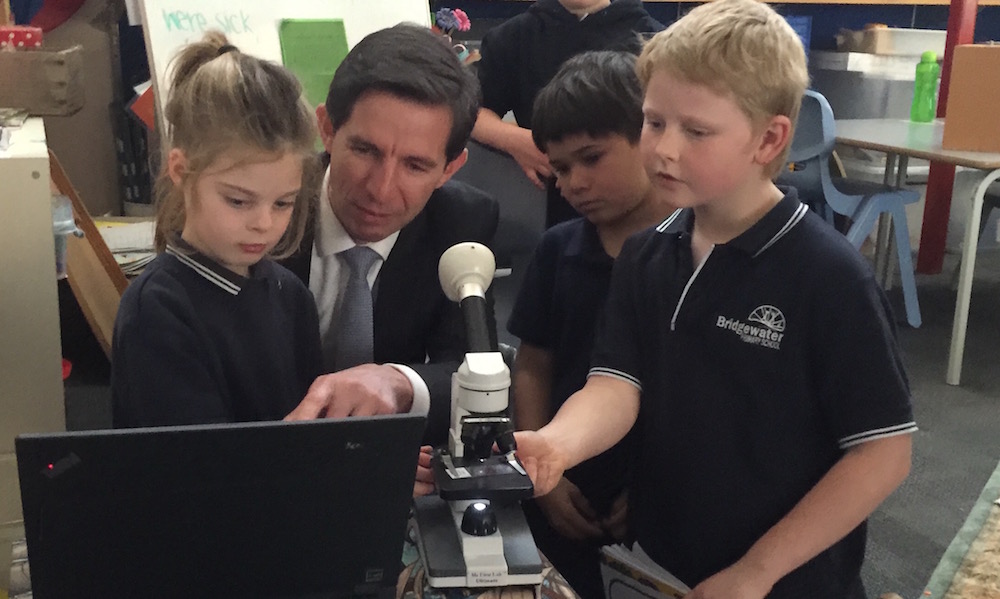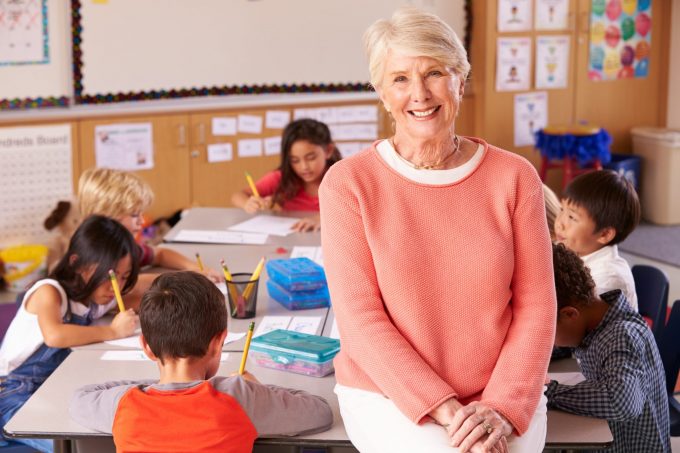
When you think about private tutoring, you might imagine parents striving to give their children a competitive edge. But many parents use tutoring to fill gaps in their child’s schooling – such as to improve their literacy.
In our research, some parents did speak of tutoring as a way of securing entry into the school they want for their child. But these were in the minority. Most spoke of using it to help fix academic problems, temporary and ongoing.
There has been a rise in parents employing private tutoring services for their children in recent years – in Australia and other countries. In Britain, for instance, the private tuition sector is worth an estimated £2 billion (A$3.6 billion).
The rise of private tutoring shows parents are taking responsibility for children to achieve Australia’s national literacy goals. It seems they believe the education provided at school is simply not enough to meet a learner’s needs.
Private tutoring on the rise
In Brisbane, we saw branded signage of new tutoring companies appearing in the local shops. We also found advertisements for tutoring in streets near schools, in school newsletters, on parent sites on Facebook, and on community noticeboards.
And we wanted to find out why tutoring was so appealing to parents.
We interviewed 35 parents about tutoring for their Year 5 (aged around 9-10) children. The parents were from both urban and rural areas. Around three-quarters were sending their children to public schools and one-quarter to Catholic or independent schools.

Of the 35 parents, 23 had used tutoring for some of their children or planned to do so. Ten said they had thought about it or would use it if necessary.
Two were reluctant to get their child a tutor despite their children’s educators encouraging them to do so. One of these parents told us her child had missed a lot of school for medical problems, but their location was a problem when it came to accessing tutoring.
Why do parents pay for tutoring?
The tutoring market offers parents many options. Services range from help with homework, to test and examination coaching, and instruction in the reading and writing content of the Australian Curriculum: English.
Most of the parents (20) we interviewed spoke of using tutoring to fix what they saw as their children’s academic problems.
Sometimes the problem was a specific gap in knowledge and skills. One parent had been averse to tutoring but then her child’s English grades dropped a little:
We couldn’t work out why or how he went from getting straight As to getting a B in English. And so we just spoke to other parents and they said their kids did really well with a tutor. So we went there and the big focus was confidence on his writing.
This tutoring was short-term.
The second-biggest group of parents (9) told us they used tutoring to support suspected or diagnosed learning difficulties in their children. These included dyslexia (inability to read accurately), dysgraphia (inability to write coherently), autism and attention-deficit hyperactivity disorder (ADHD).
One of these parents told us the school couldn’t give enough personalised attention to her child:
Because the kids are struggling and the curriculum moves so much and there’s only one teacher to how many kids per class that can’t always spend the time on that one child.
For another of these parents, the private tutor was a helpful ally in a cooperative relationship between the family, the school teacher and the tutor:
I sit with the teachers at the start of every term and we look at where she’s struggling. I ask them to give me a learning plan now and then I feed that through the tutor and they’re teaching her off that.
Another took her child to a private tutor during school time to support diagnosed learning difficulties. While this mother felt the tutoring was helpful, the cost became prohibitive. She told us:
I had to pay for it out of my own pocket. It was too much, that’s also why I stopped doing it, too much money.
The final, and smallest, group of the parents we spoke to (just three) used tutoring as one of the many enrichment activities they used for their children.
Two of these parents had prepared their children for scholarships or entry exams to selective schools. As one parent told us, “we had ten lessons on testing”.
The future of private tutoring
So, some parents do use tutoring as part of hyper-competitive and remedial education strategies. These more traditional uses of tutoring remain relevant for parents today. However, parents now also use tutoring more broadly to optimise their children’s school experience and achievement.
Parents have been “responsibilised” (a concept that assumes people are charged with responsibility for achieving the goals of national policy) for making all manner of choices to create the best education for their child.
Tutoring is one resource for the responsibilised parent.
We need to have a community conversation about the limits of responsibilisation. A few parents talked about the cost constraining their use of tutoring:
I would love to get more tutoring for them but the affordability of it […] you just can’t, especially on one income.
A child’s mastery of literacy shouldn’t be constrained by their parents’ income.![]()







